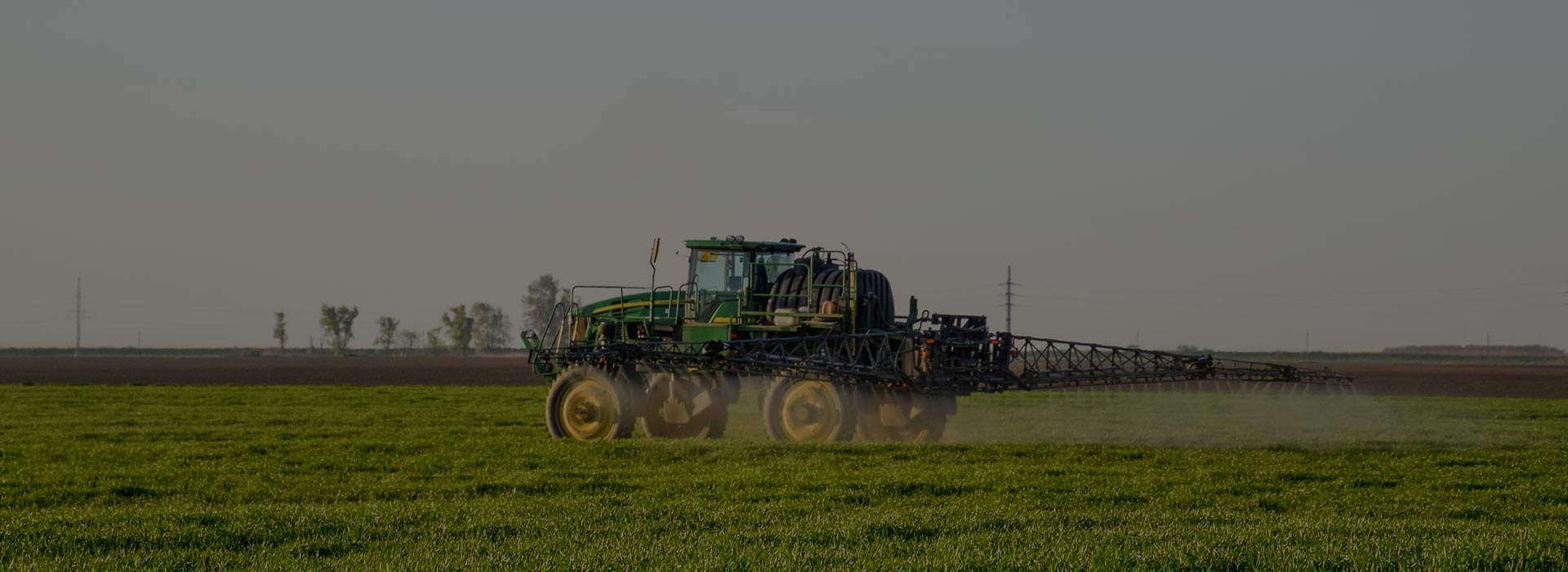The fruits are large in size, round in shape, smooth skinned and yellowish white. The flesh is white, firm, soft having pleasant flavor, high soluble solids and vitamin C content. It can withstand drought conditions. Its fruits are large, roundish, ovate in shape, yellow and white pulp, very sweet and tasty. The total soluble solids and vitamin C are high. Plant is vigorous.
Guava Planting
The guava planting should be done in pits of 1m x 1m x 1m size and soil during rainy season (July-August) or in spring (February-March) at a distance of 6m x 6m.
Propagation and Rootstock of Guava
Guava plants grown directly from seed give poor fruit yield and quality, and come into bearing late. Seeds should be used for rootstock rising. Subsequently, inarching or budding (patch or shield) can be done for propagation. In recent times, stooling has been found cheapest and easiest method of propagation. As seeds loose viability after extraction, they should be sown immediately. Soaking of seeds in water for 12 hours gives about 90 per cent germination. Time of guava propagation is Feb-March and July-August.
Training and Pruning
The plant should be trained to a low-headed system of open center or delayed open center keeping scaffold limbs having wide crotch angles. Pruning is not generally required every year; however, terminal shoots may be headed back to stop overcrowding of trees.



























































